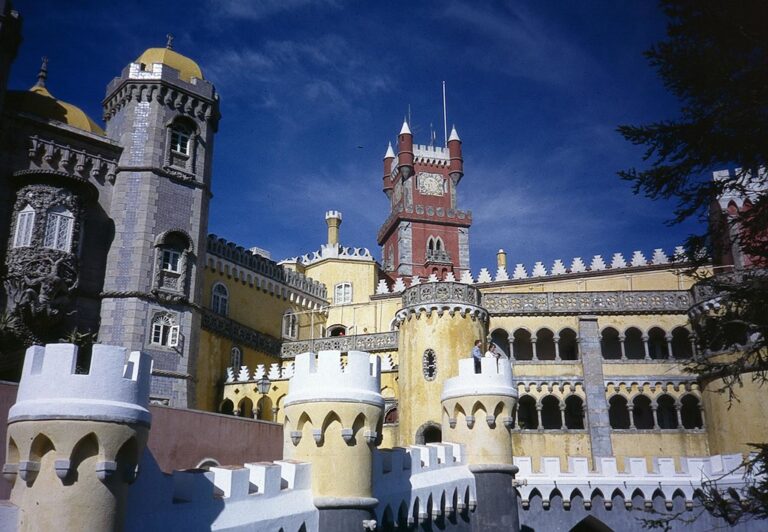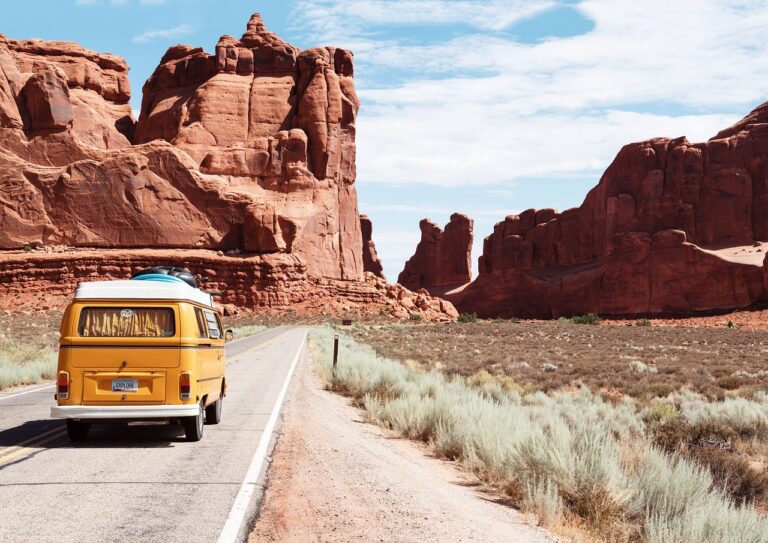What Month Is Best for Mont Blanc?
Mont Blanc's ideal visiting month depends on your preferred activities. Winter (December to February) offers prime snow conditions for skiing and snowboarding, while spring (March to May) provides a unique skiing experience with softer snow and fewer crowds. Summer (June to September) is perfect for hiking and climbing, with mild temperatures and breathtaking vistas. Autumn (July to November) showcases vibrant wildflowers and foliage. To reveal the secrets of Mont Blanc's seasons, look beyond the surface and discover the hidden gems that await those who venture onto the mountain.
Winter Wonderland: December to February
During the winter months of December to February, Mont Blanc transforms into a snow-capped paradise, where the crisp mountain air and powdery slopes beckon skiers, snowboarders, and winter sports enthusiasts to revel in the magic of the French Alps. This period offers prime snow conditions, with an average snowfall of 2.5 meters, making it ideal for carving through fresh powder or tackling challenging black runs. The high altitude guarantees that the snow remains light and fluffy, while the varied terrain caters to all skill levels. As the sun sets, the picturesque villages below come alive with festive atmosphere, offering a perfect blend of adrenaline and aprés-ski relaxation. Whether you're a seasoned athlete or a beginner, Mont Blanc in winter is a true winter wonderland.
Spring Skiing: March to May
As the winter's chill begins to dissipate, Mont Blanc's slopes undergo a transformation, revealing a unique spring skiing experience characterized by longer days, softer snow, and a lively atmosphere. The snowpack, once hard and icy, becomes more forgiving, allowing skiers to carve turns with ease. Meanwhile, the warmer temperatures make for a more comfortable skiing experience, with fewer layers required. However, be prepared for occasional spring showers, which can affect snow conditions. Nevertheless, the views of the snow-capped peaks against a bluebird sky are simply breathtaking. With shorter lift queues and lower prices, spring skiing on Mont Blanc is a hidden gem for those in the know.
Hiking Season Begins
Traversing Mont Blanc's trails becomes a hiker's paradise in June, when the snowmelt reveals a tapestry of alpine flowers, and the air is filled with the sweet scent of blooming rhododendrons. As the winter snowpack recedes, the high-altitude trails become accessible, and the scenery transforms into a kaleidoscope of colors. The temperatures are mild, with average highs around 18°C (64°F), making it ideal for hiking. Be prepared for occasional rain showers and potential snow patches at higher elevations. With the trails less crowded than in the peak summer months, June offers a serene and peaceful hiking experience. Take advantage of the longer days, with up to 16 hours of daylight, to discover Mont Blanc's majestic landscapes.
Summer Solstice Adventures
June's pleasant weather sets the stage for the longest day of the year, when Mont Blanc's trails come alive with summer solstice adventurers seeking to conquer the mountain's majestic peaks under the warm glow of 16 hours of daylight. As the sun rises over the French Alps, climbers and hikers revel in the extended daylight, tackling challenging routes and soaking up the breathtaking vistas. With temperatures ranging from 10°C to 20°C, conditions are ideal for ascents to the summit, and the festive atmosphere is palpable. Whether you're a seasoned mountaineer or an enthusiastic trekker, the summer solstice is an unforgettable experience on Mont Blanc, where the warmth and light of the longest day of the year combine to create an adventure like no other.
Wildflower Bloom: July to August
As the summer sun reaches its zenith, Mont Blanc's alpine meadows transform into a kaleidoscope of colors, signaling the peak bloom period of the region's exquisite wildflowers. During this fleeting yet unforgettable window, usually spanning from July to August, the landscape is set ablaze with vibrant displays of gentians, edelweiss, and bellflowers, painting the mountainside with an artist's palette of hues. As we wander through this ephemeral spectacle, we'll uncover the secrets behind Mont Blanc's most resplendent season.
Peak Bloom Period
During the peak bloom period, which typically falls between July and August, Mont Blanc's alpine meadows transform into a kaleidoscope of colors, with an astonishing array of wildflowers, including gentians, edelweiss, and rhododendrons, bursting forth in vibrant displays. This fleeting yet mesmerizing spectacle is a result of the region's unique terroir, where the combination of high altitude, low temperatures, and well-drained soils creates an ideal environment for these delicate flowers to thrive. As the snow melts, the soil is replenished with nutrients, triggering a synchronized bloom that paints the landscape with an artist's palette of colors. It's a botanical wonder that will leave even the most seasoned botanist in awe.
Vibrant Color Displays
Mont Blanc's alpine meadows don a resplendent cloak of colors in July and August, when the wildflowers, nurtured by the region's unique terroir, burst forth in vibrant displays that rival the most dazzling works of art. This explosion of color is courtesy of species like Gentiana acaulis, Adenostyles alliariae, and Rhododendron ferrugineum, which thrive in the region's calcareous soils and moderate climate. As you hike through the meadows, you'll be treated to a kaleidoscope of hues – from the electric blue of Gentian petals to the fiery red of Rhododendron blooms. It's a sensory delight that will leave you awestruck and scrambling for your camera to capture the perfect shot. So, grab your hiking boots and get ready to immerse yourself in Mont Blanc's vibrant color displays!
Autumn Foliage: September to November
As the summer warmth wanes, Mont Blanc's slopes transform into a kaleidoscope of golden hues, signaling the onset of autumn foliage. During this period, from September to November, hikers can expect a unique set of challenges and opportunities, including the timing of peak color displays, the condition of hiking trails, and the ideal routes to take in the breathtaking views. By understanding these factors, visitors can maximize their autumnal experience in the Mont Blanc region, choosing the most suitable paths to revel in the fall splendor.
Golden Leaf Display
The granular, rust-hued landscape of Mont Blanc's valleys transforms into a kaleidoscope of golden hues as deciduous trees don their finest attire, signaling the onset of autumn's symphony. During this golden leaf display, the sugar maples, beeches, and birches showcase their vibrant yellow, orange, and red foliage, creating a picturesque backdrop for hikers and photographers. As the days shorten, the nights cool, and the trees prepare for winter, the display reaches its climax, typically around mid-October. The resulting scenery is nothing short of breathtaking, with Mont Blanc's snow-capped peaks serving as a dramatic contrast to the warm, earthy tones of the valley floor. It's no wonder autumn is a favorite among locals and visitors alike – the golden leaf display is truly a natural spectacle.
Hiking Trail Conditions
September's crisp air signals the start of autumn's hiking season, when trails beneath Mont Blanc's towering peaks transform into a tapestry of rustling leaves and scattered nuts, testing hikers' agility on uneven terrain. The once-solid paths become obstacle courses, with fallen branches, slippery leaves, and hidden rocks waiting to trip up the unwary. As the season progresses, the trails dry out, making way for comfortable, cushioned hiking on a soft bed of fallen leaves. However, winter's early snows can arrive unexpectedly, turning a leisurely stroll into a precarious ice-skating rink. Be prepared for the unpredictable, and don't say we didn't warn you! Autumn's trail conditions are a true test of a hiker's mettle.
Peak Color Timing
During autumn's fleeting six-week window, Mont Blanc's trails burst into a kaleidoscope of color, with sugar maples, birch, and beech trees painting the landscape in vibrant hues of gold, orange, and crimson. This symphony of color is a hiker's dream, but timing is everything. To experience peak foliage, plan your trip according to the following schedule:
- Early September: The first hints of color appear, with sugar maples leading the charge.
- Mid-September: Birch and beech trees join the party, amplifying the color palette.
- Late September to Early October: Peak color arrives, with the landscape ablaze in vibrant hues.
- Mid-October: The final act, as the last leaves cling to their branches before winter's chill sets in.
Don't miss this fleeting spectacle – plan your Mont Blanc adventure accordingly!
Best Time for Climbing
Climbers flock to Mont Blanc's snow-capped peaks in droves between June and September, when mild temperatures and longer days create ideal conditions for tackling the mountain's demanding routes. During this period, the snow is firmer, and the risk of avalanches is greatly reduced, making it a prime time for glacier travel and high-altitude climbing. The relatively stable weather patterns also allow for better route-finding and more accurate forecasting, essential for a successful ascent. Plus, the longer days mean more daylight hours to navigate the mountain's technical sections, like the infamous Grand Couloir. With the right skills and gear, climbers can take advantage of these favorable conditions to reach the summit of Western Europe's highest peak, enjoying a perfect window of opportunity.
Avoiding the Crowds
While the summer months offer ideal climbing conditions, they also bring a swarm of enthusiasts, transforming the mountain into a bustling hub of activity that can make even the most seasoned climbers crave a bit of solitude. The crowds can be overwhelming, especially on popular routes like the Goûter and Cosmiques. To avoid the chaos, consider the following strategies:
- Climb early: Beat the sun and the crowds by starting your ascent before dawn.
- Choose alternative routes: Opt for lesser-known routes like the Grands Mulets or the Trident du Tacul.
- Visit during the week: Avoid weekends when possible, as they tend to be busier than weekdays.
- Book accommodations in advance: Secure your spot at a mountain hut or refuge to ensure a peaceful night's rest.
Weather Conditions Explained
Mont Blanc's notoriously capricious weather patterns can turn from benign to brutal in a matter of hours, making it essential to stay attuned to forecast updates and understand the underlying factors driving these changes. The mountain's proximity to the Atlantic Ocean and the Mediterranean Sea creates a unique microclimate, with warm air from the latter colliding with cold air from the former. This clash of air masses results in unpredictable weather patterns, with snowfall, rain, and sunshine often occurring in rapid succession. Additionally, Mont Blanc's towering height and complex topography create localized weather patterns, making it vital to monitor weather forecasts and be prepared for rapid changes in conditions.
Month-by-Month Breakdown
Breaking down the year into its constituent parts, a distinct pattern of weather trends emerges, with each month presenting its unique set of challenges and opportunities for those venturing onto the mountain. While some months are better suited for climbing, others are ideal for skiing or simply taking in the breathtaking views.
Here's a brief rundown of what to expect each month:
- June: The snow is still plentiful, but the days are longer, making it an excellent time for ski mountaineering.
- July: The weather is generally stable, but beware of afternoon thunderstorms and melting snow.
- August: The temperatures are warm, but the snow is scarce, making it a great time for rock climbing and via ferratas.
- September: The weather cools, and the snow returns, marking the start of the autumn ski season.
Each month brings its own set of surprises, so be prepared for anything on Mont Blanc!



